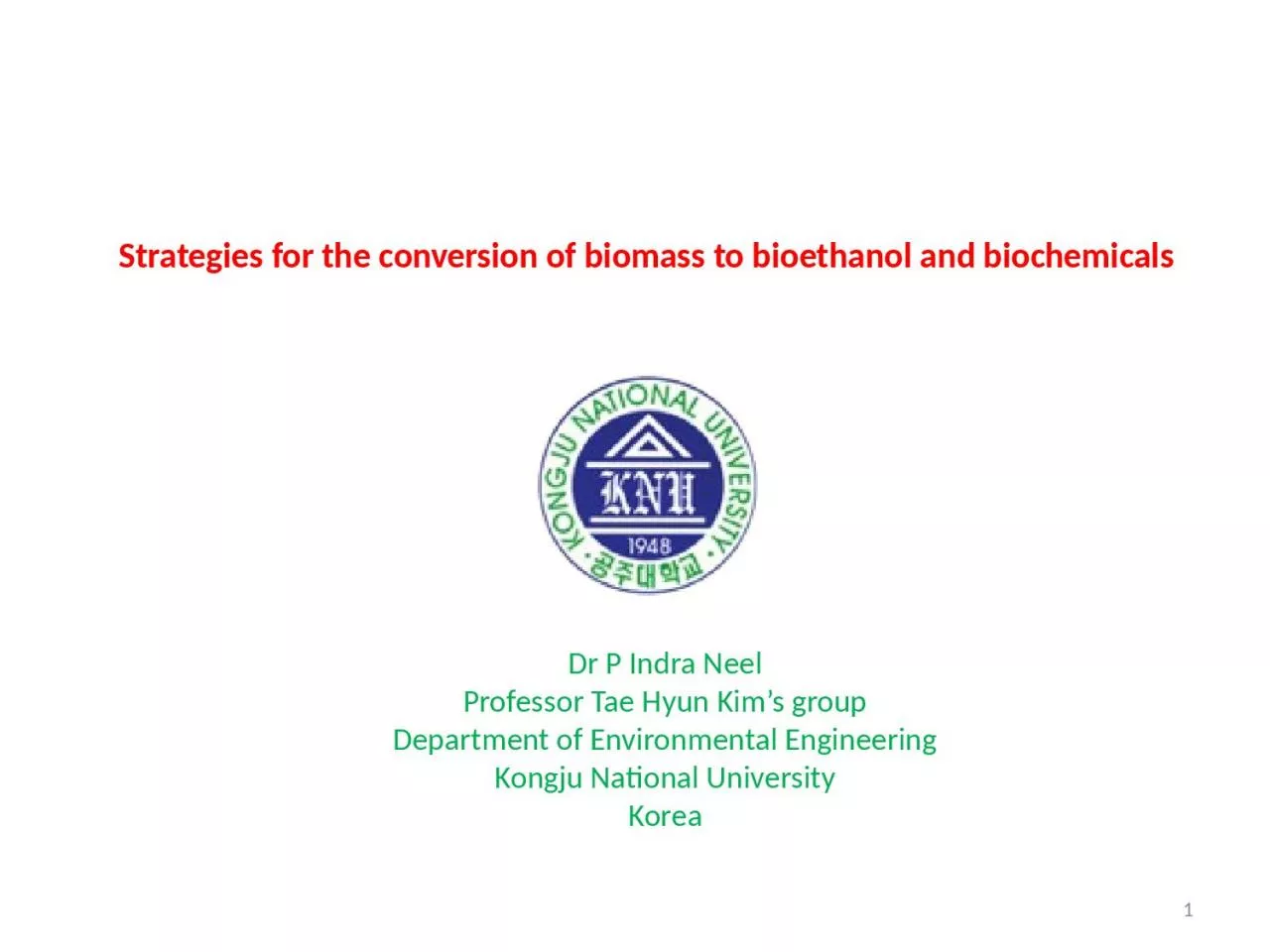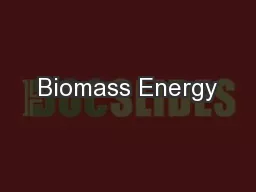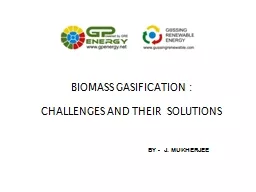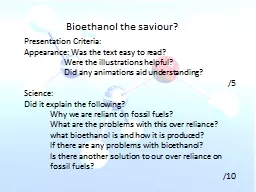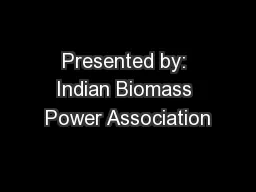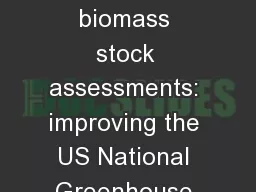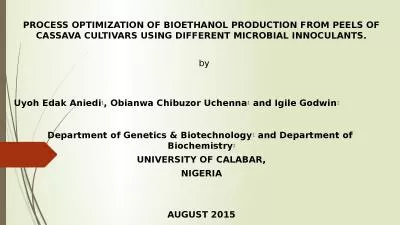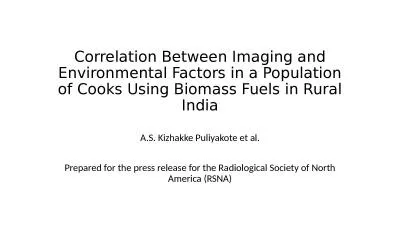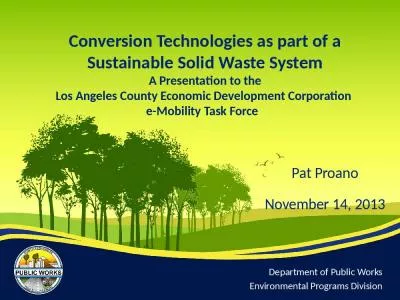PPT-1 Strategies for the conversion of biomass to bioethanol and
Author : oconnor | Published Date : 2024-01-03
biochemicals Dr P Indra Neel Professor Tae Hyun Kims group Department of Environmental Engineering Kongju National University Korea The conversion of potato starch
Presentation Embed Code
Download Presentation
Download Presentation The PPT/PDF document "1 Strategies for the conversion of bioma..." is the property of its rightful owner. Permission is granted to download and print the materials on this website for personal, non-commercial use only, and to display it on your personal computer provided you do not modify the materials and that you retain all copyright notices contained in the materials. By downloading content from our website, you accept the terms of this agreement.
1 Strategies for the conversion of biomass to bioethanol and: Transcript
Download Rules Of Document
"1 Strategies for the conversion of biomass to bioethanol and"The content belongs to its owner. You may download and print it for personal use, without modification, and keep all copyright notices. By downloading, you agree to these terms.
Related Documents

